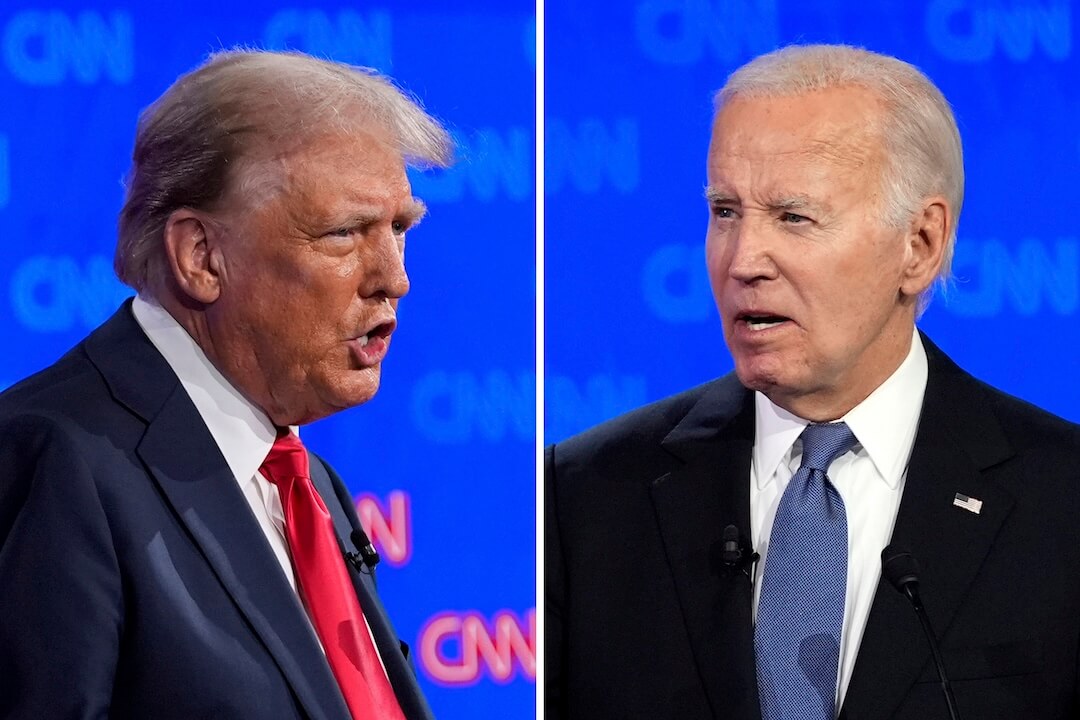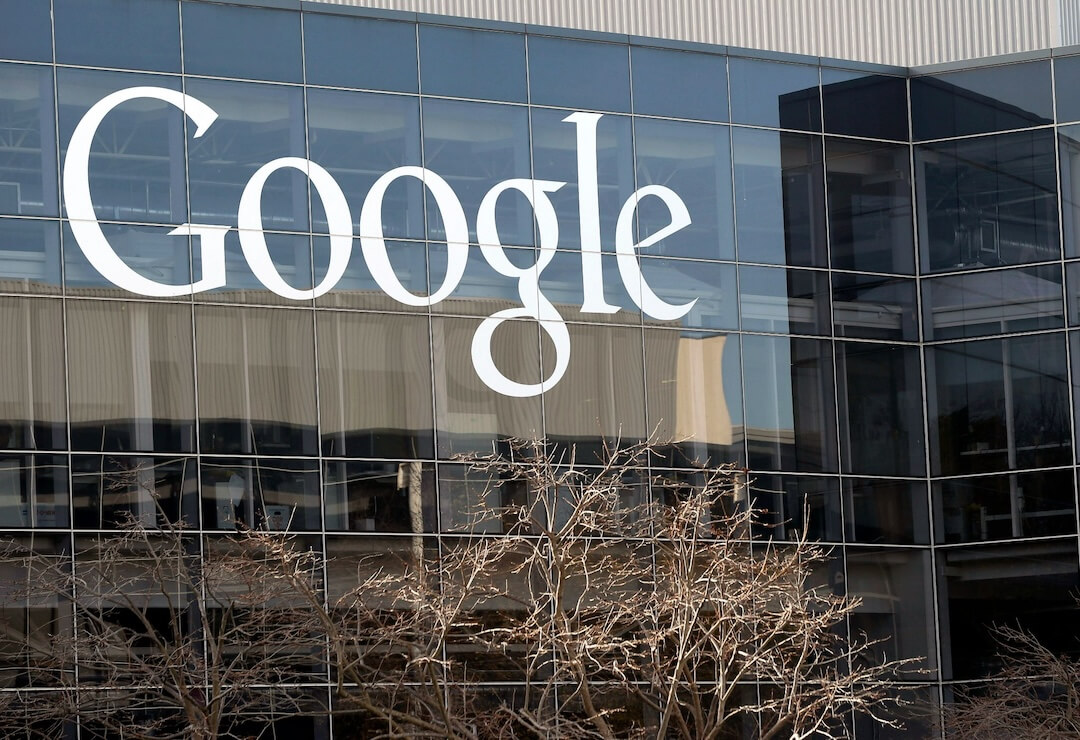Several weeks ago, we posted an interview with Nigel Holmes, a well-known graphic designer. Want to read about one of his secret weapons? It’s humor. In this edited segment of the interview, Holmes talks about its importance in communication.
Sara Dickenson Quinn: I don’t think I’ve seen anything you’ve done that doesn’t come through with your sense of humor. Why is that?
Holmes: I think that humor is terribly important. … I think that as long as you are sensitive to the people who are looking at what you are doing, you can in fact take a humorous or witty approach.
Especially when it’s a big, complicated subject, I think you’ve got to form some bond with the people who are reading your work. An easy way to do it is to make them smile straight away.
As though you’re having a conversation with readers, and you’re letting them in on it?
Holmes: Right. I did a whole string of things for a very nice magazine for US Airways called Attaché. The magazine had a couple of really good art directors there. I did it for, believe it or not, 90 consecutive months. It came out every month.
Ninety months?
Holmes: Yes. It was a “how it works” thing. We did graphics on all sorts of different subjects –- from how lasers work to vacuum cleaners to chewing gum. And how to make cheese and how the electoral college works. I mean, we were all over the place.
None of them were really deadly subjects. Most of them gave me an opportunity to relate to readers who were stuck in an airplane, probably not paying that much attention, but flipping through. So, I wanted to grab their attention and deliver the goods. That’s the important thing. You can’t overdo the humor. You have to hook the reader and then deliver.
So, these were facts and bits of information they could use at a cocktail party or a business meeting?
Holmes: Yes. And, you calling it a conversation earlier was interesting, because that’s often what I was going for.
The first graphic was an explanation of how vacuum cleaners work, and it was the only one that the magazine ever edited! I had a huge vacuum cleaner, with arrows saying where the dust goes and such. And then two little people standing at the bottom, talking to each other. And the man is saying to the woman, “Well, that doesn’t look too complicated.” And the woman says, “It just sucks.”
The editors said, “You can’t say that.” I think this was the only time they edited anything that I did. They said, “Can we just put that a different way?”
Those little characters became something I’ve actually used in a few places. I’ve used them in Popular Science.
What does dialogue do for a graphic?
Holmes: It allows you to comment on the thing that you’re explaining.
One graphic for Attaché was about sleeping and dreaming. So, Albert Einstein was talking there, making some kind of comment about sheep and so-on. And I mimicked Einstein’s accent with: “Zis is vat ve are talking about …” And the sheep answers something, I can’t remember exactly what. But the dialogue just kind of lifts off the page and becomes a comment about the project you’re looking at. Often, that is where the humor is.
I did a graphic about the French TGV train. … There were a couple of snails talking about how they were going to be eaten, because it was a French train. These were just tiny little figures with a big speech balloon that was bigger than they were.
Sometimes there’s an actual explanation within the dialogue. In one, a woman was talking to a man about how four cylinders in an internal combustion engine work and, the woman says, “Well, that one looks pretty simple.” And the man says, “Well, to be honest, I have left some stuff out, just to make it clearer.”
So, you’re speaking to them about the graphic itself, through the characters?
Holmes: Yes. You’re kind of apologizing to the reader for the simplicity of the thing. And you’re not trying to say: “This is everything,” but rather, “This is the bit that you need to know.”
It lets them in on it.
HOLMES: Yes, I think that kind of commentary is nice.





